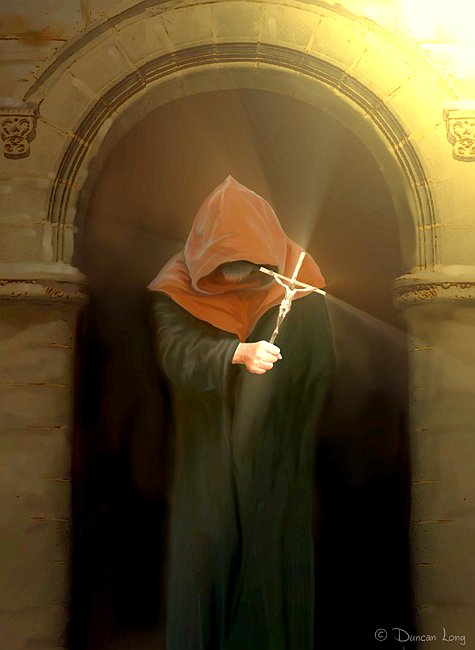Illustration Rights – What Do You Need?
filed in Book Cover Illustrations and Artwork on Apr.01, 2010

There’s often confusion as to what is being purchased when a publisher or author buys the rights to an illustration. Part of that confusion comes from the fact that rights to a picture can be divided up almost endlessly: Magazine, book, movie, poster, mouse pads, T-Shirts, mugs… The list can go on and on.
And the artist can sell the right to use his artwork on each of these products separately.
The rights can also be sold on an exclusive or non-exclusive basis. Exclusive means only one buyer can use the artwork. Thus if you bought exclusive book cover rights for an illustration, it won’t be popping up on some other book in addition to your own. Obviously you’ll generally want exclusive rights if you’re producing a product to be sold in order to avoid confusion.
On the other hand, if you’re illustrating a magazine article, chances are you don’t much care if that picture shows up in some other magazine a year from now. In such a case you could save a little cash by purchasing non-exclusive magazine illustration rights.
(It should be noted that rights purchased for using a product also allowing for use of the picture in catalogs, ads, or reviews of that product. If, for example, you buy book cover rights to a picture, you can use the book cover in a catalog selling the book, in ads for the book, or have it appear in a product review of the book. On the other hand, you can’t turn around and use the picture by itself in any manner that isn’t related to the book. In fact, you can’t even put it on another edition of the book or on another book in the same series of books without first paying the artist for those additional rights.)
Sometimes authors will assume they should buy all rights to an illustration. And that can be a good plan if they’re expecting a title to sell very well. On the other hand, if the book is likely to be mid-list at best, then it makes sense to purchase only the book cover rights and let the artist sell the rest of the rights elsewhere.
It’s also possible to pay artists a little extra to have them reserve the option for the author or publisher buy the rights at a latter date. Of course if this is done, the artist is going to want some sort of compensation and there should be a time limit on how long the option can be held open, after which the artist is free to sell the rights.
I’ve found that whenever possible, it’s good to have a contract between the artist and client to spell out what rights are being purchased. A contract protects the buyer since current copyright law (at least here in the US) tends to assume very limited rights have been sold when no contract is involved, perhaps even non-exclusive rights. If you’re buying rights from an artist, be sure there’s a contract drawn up.
A contract can also help prevent confusion down the road as to who owns what rights to an illustration. It is easy to forget exactly what the arrangement was a few years back; having a contract to reference can save a lot of headaches.
=====================
Duncan Long isn’t a lawyer. But he is a freelance illustrator who regularly works under contract with clients. He’s done cover illustrations for HarperCollins, PS Publishing, Pocket Books, Solomon Press, Fort Ross, Asimov’s Science Fiction Magazine, and many other publishers and self-publishing authors. See his book cover illustrations at: http://DuncanLong.com/art.html
=====================